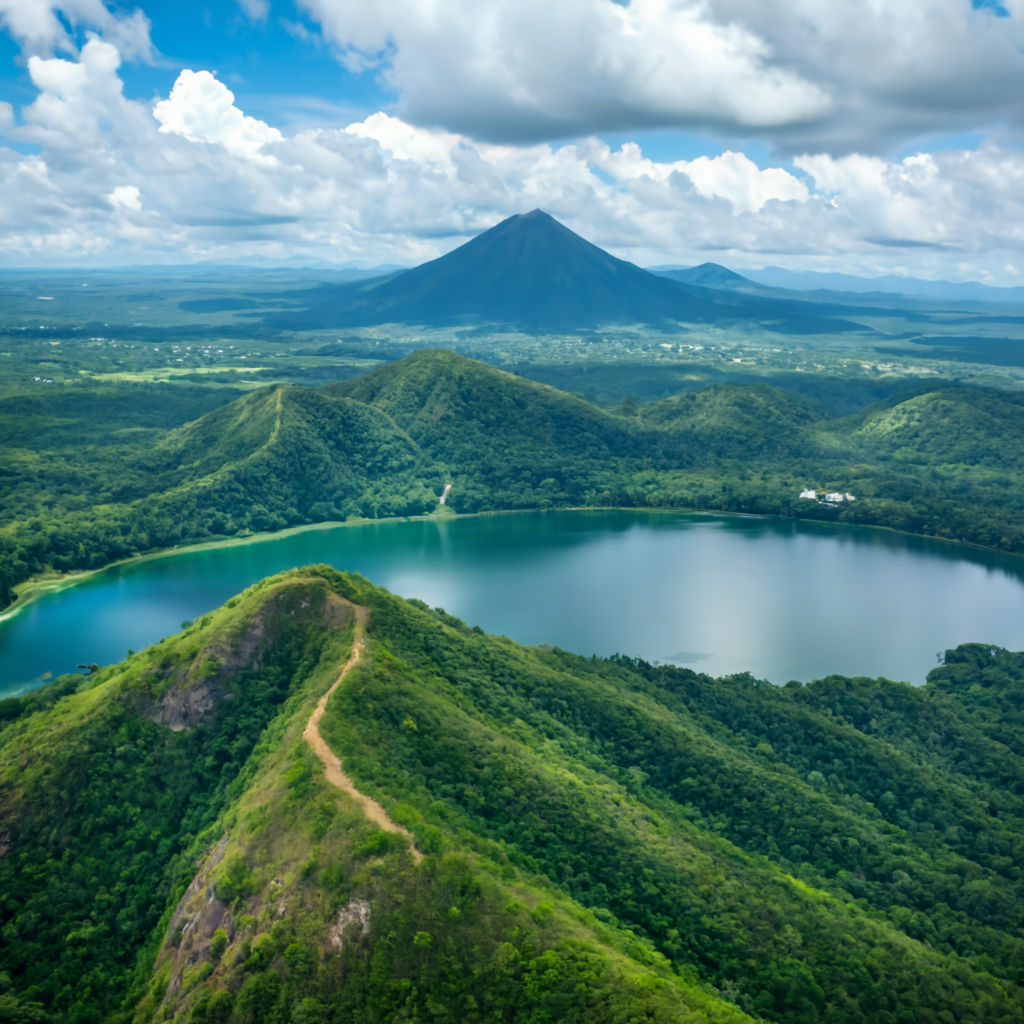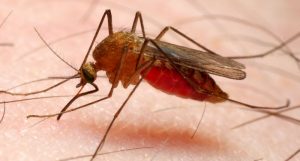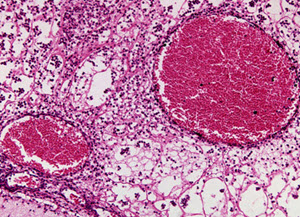Nicaragua, often referred to as the “Land of Lakes and Volcanoes,” is a captivating destination in Central America that beckons tourists with its diverse landscapes, rich history, and vibrant culture. This beautiful country is bordered by Honduras to the north, Costa Rica to the south, the Pacific Ocean to the west, and the Caribbean Sea to the east. Nicaragua’s tourism appeal lies in its stunning natural beauty, including pristine beaches, lush rainforests, majestic volcanoes, and picturesque lakes, as well as its colonial cities, indigenous cultures, and warm, welcoming people.
Nicaragua’s blend of natural beauty, rich history, and cultural diversity makes it a compelling destination for travellers seeking adventure, relaxation, or cultural immersion. Despite its past political unrest, Nicaragua continues to welcome tourists with open arms, offering a travel experience that is both enriching and memorable. Whether you are exploring colonial towns, hiking up volcanoes, lounging on sandy beaches, or engaging with local communities, Nicaragua promises a journey filled with discovery and wonder.

Natural attractions
Eco-Tourism and Wildlife: Nicaragua’s commitment to conservation is evident in its numerous protected areas and reserves. Nature enthusiasts can for instance explore the Indio Maíz Biological Reserve, one of the most significant rainforests in the Americas, or visit the Montibelli Private Natural Reserve for bird watching.
Hiking and Boarding the Volcanoes: Nicaragua is part of the Pacific Ring of Fire and boasts numerous volcanoes, many of which are active. Adventurous travelers can hike up volcanoes like Masaya and Mombacho, exploring crater rims and cloud forests. Cerro Negro offers a unique activity: volcano boarding, where visitors can slide down the volcanic ash slopes on a board.
Lakes and Islands: Lake Nicaragua, Central America’s largest lake, is home to the twin volcanic islands of Ometepe, a UNESCO Biosphere Reserve. The lake also boasts the Solentiname Archipelago, known for its wildlife and artisan communities.
Scuba Diving and Snorkeling: The Corn Islands in the Caribbean offer serene beaches and excellent diving and snorkeling opportunities. The Corn Islands are beloved for their crystal-clear waters and thriving coral reefs.
Surfing and Beaches: Nicaragua’s Pacific coast is renowned for its world-class surfing spots, attracting surfers of all levels. The beaches of San Juan del Sur and Popoyo are popular for their waves.
Colonial cities
Granada and León are Nicaragua’s most famous colonial cities, each with its own charm. Granada, one of the oldest cities in the Americas, sits by Lake Nicaragua and dazzles with its colorful architecture and historical landmarks. León is rich in revolutionary history, arts, and culture, with a stunning cathedral and vibrant street murals.
Indigenous communities
The Caribbean coast and the autonomous regions of RAAN and RAAS (North and South Caribbean Coast Autonomous Regions) showcase Nicaragua’s indigenous and Afro-Caribbean cultures, offering insights into the country’s diverse heritage through music, dance, and traditional crafts.
Food and drinks
Nicaraguan cuisine reflects the country’s cultural diversity, featuring dishes like gallo pinto (rice and beans), vigorón (yucca, pork rind, and cabbage salad), and fresh seafood along the coasts. Visitors can also enjoy locally grown coffee and chocolate, sampling these delights at fincas and cafes throughout the country.
Managua
For many visitors, Managua will be their first contact with Nicaragua as this is where the main international airport is found. Managua is a fairly new capital city – it was a rather sleepy small fishing town along the banks of Lake Managua until it was declared the nation’s capital in 1852 to end a feud between the colonial cities León and Granada. (Managua is located along the road going between them and not particularly close to any of them.)
Many visitors leave Managua as soon as they can, heading for more popular destinations in the country – such as the ones described above. Still, Managua has its charm, if you can find it in your heart to embrace a city that is rather weird and marked by its location on a seismic fault line.
The old city centre was largely destroyed in an earthquake in December 1972, when roughly 90% of the downtown buildings were seriously damaged and over 19,000 people died. Nicaragua’s limited resources had to be directed to disaster relief rather than ambitious rebuilding projects, and then followed a long period of political instability, revolution and war as the people rose against the Somoza regime.
As a result, the rebuilding of Managua was haphazard and random, and several new commercial centres eventually popped up in various locations outside the old city centre. In the 21st century, some of the old city centre has been rehabilitated, but it still lacks the gravity felt when visiting the much older centres of colonial cities such as León and Granada, where the old downtown is the natural focal point of the city rather than something that feels more like an aftertought.
Sources:


